Lightning and surge protection for pipelines
Prevent damage, keep interference voltage under control
Pipelines often run alongside high-voltage lines or railway lines. If they run parallel over longer distances, external voltages can have a negative effect on pipelines causing wear and tear and thus corrosion damage.
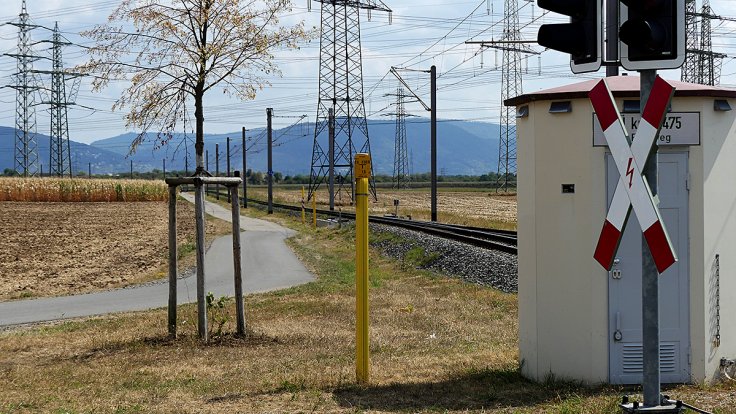
Influence of interference voltage
Interference voltage endangers human life and causes AC corrosion to components and devices.
Sources of interference such as high-voltage lines, electric railways or lightning strikes produce stray currents and electromagnetic fields. These are injected into the pipeline via the ground, changing its potential and thus causing AC corrosion.
High costs due to leaks
Leaks are the consequence. These often lead to enormous damage to property and the environment and therefore high costs: complicated pipeline repairs, gas grid failure, claims for damages due to leaked gas, etc.
Personal protection is the top priority
If the potential on the pipeline is too high, it can lead to unacceptably high touch voltages which might endanger people in areas where the system is freely accessible or during maintenance work.
| Interference voltage generated by a high-voltage line | Interference voltage from earth faults |
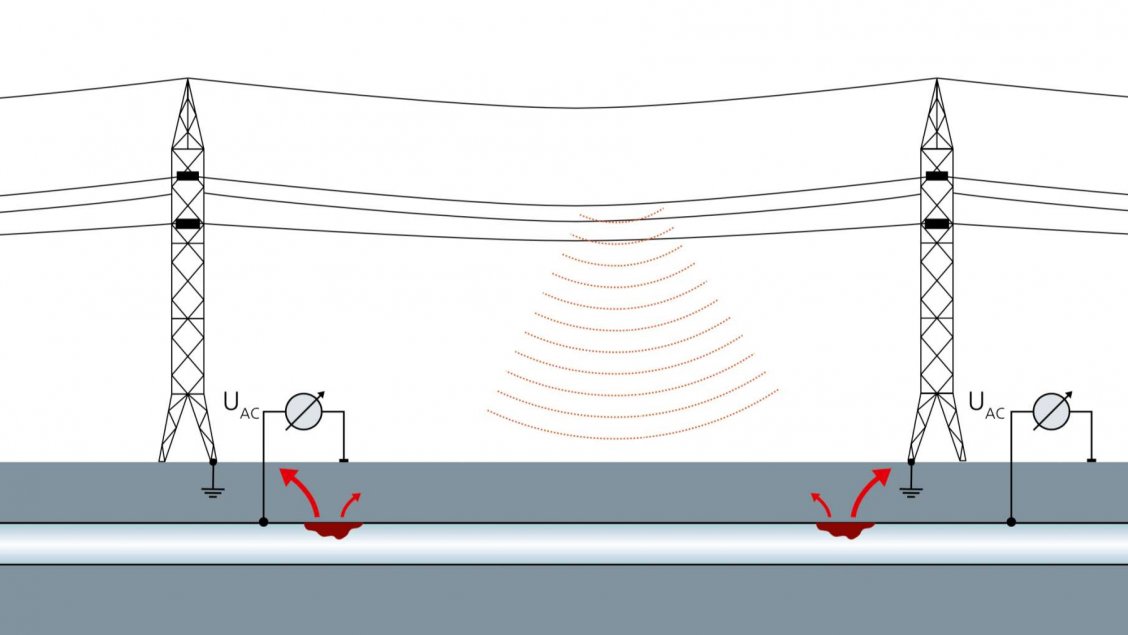 | 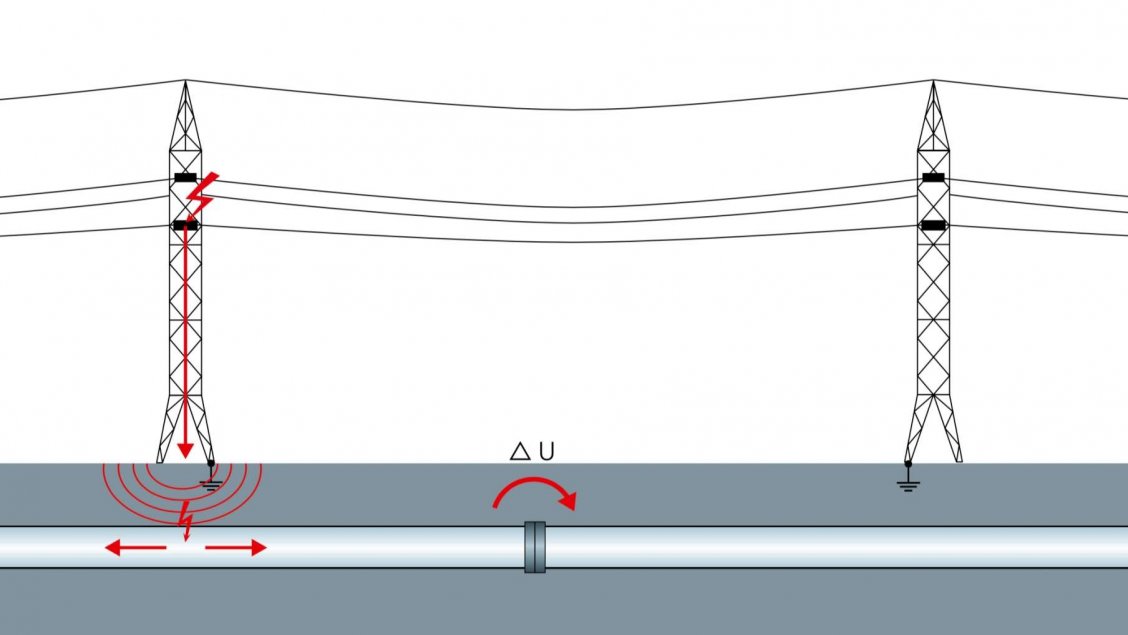 |
| Interference voltage caused by lightning strikes | Interference voltage from electric railways |
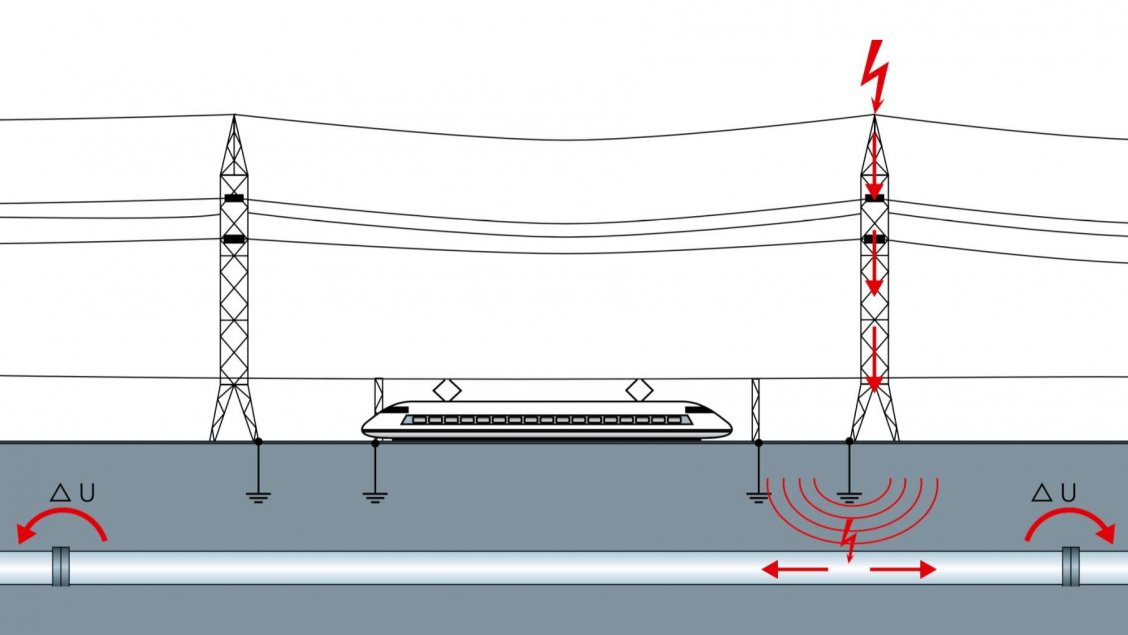 | 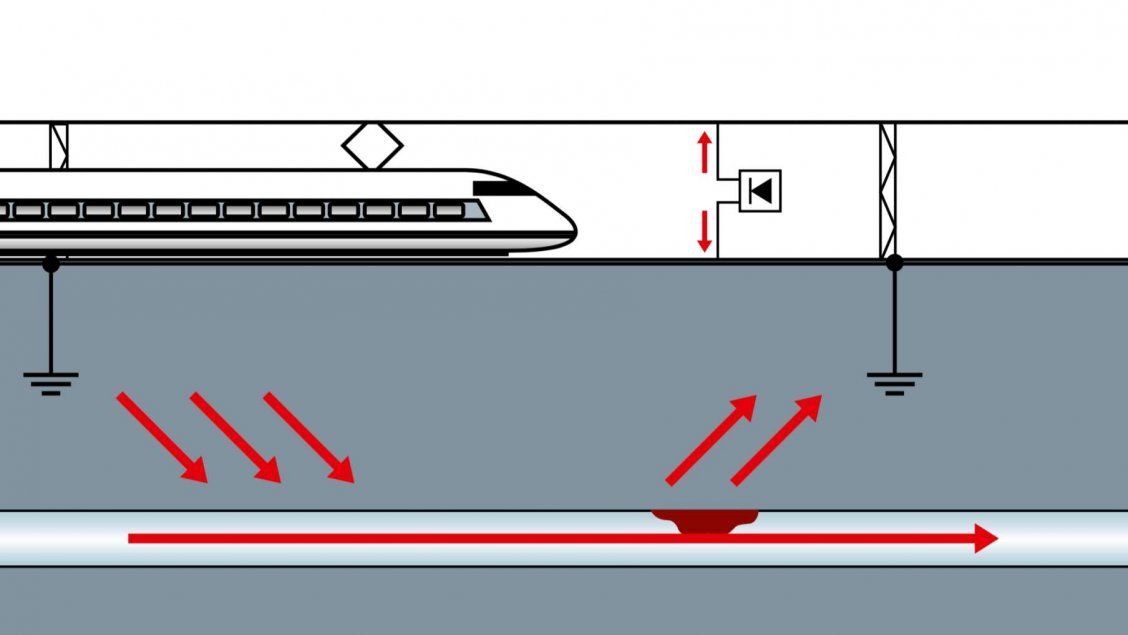 |
How to protect pipelines from being damaged
Passive corrosion protection
Passive corrosion protection, i.e. painting or coating the pipeline, is the first step. However, this alone does not suffice as even small imperfections in the coating soon lead to local corrosion on the pipeline. Achieve a greater degree of safety with active corrosion protection.
Active corrosion protection
Cathodic corrosion protection is the most effective method of stopping electrochemical corrosion processes. A protective current (direct current) prevents current from escaping at the gaps in the coating or sheathing.
The Voltage Controlled Smart Decoupling Device, VCSD, is specially designed for cathodic corrosion protection. It also protects people, devices and components against temporary and stationary overvoltages.

Contact us
Tel:
E-mail:





